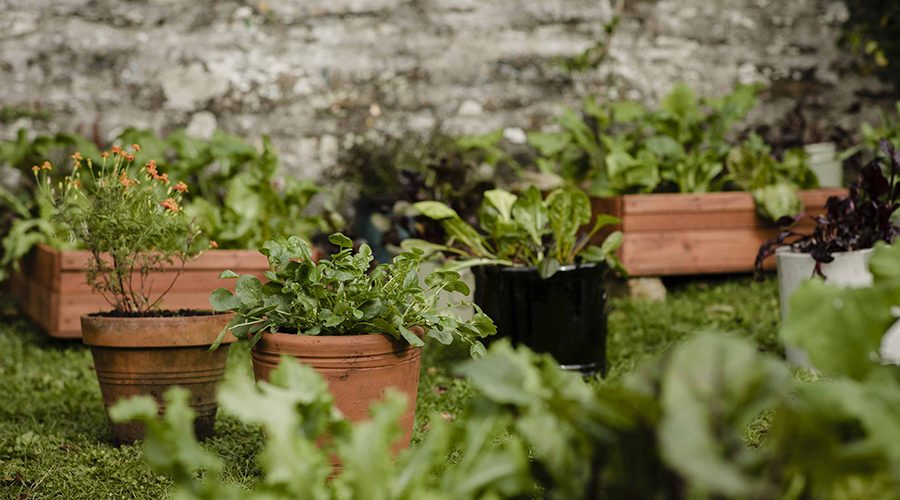if you’re keen to keep growing, but worries about not having enough time or inclination over the next few months, then here are a few tips and ideas for you. Before we start, it’s worth noting that autumn planting and growing over the winter naturally takes less time and effort as there are fewer pests, more rainfall, and not as many weeds. We tend to find that spending an hour or so in the garden over the weekend is more than enough for most plots over winter.
Keep it Small:
The range of plants is smaller anyway, so if you have a large plot it is easy to choose just one or two raised beds to fill. You could also grow in pots, containers or growbags.
Get It Right When You’re Planting Out:
- The Site – With the sun lower in the sky, be sure to choose a site where the plants will get maximum sunlight, and with stronger winds and frosts, it’s important to choose a sheltered site. Avoid frost pockets if you can.
- Mulch – By laying down a mulch at planting time (a 5cm layer of compost works a treat) it will really help to suppress any last weeds, it will nourish the soil for your plants, and it will protect the soil from the harsh weather that is to come in winter. All this means that the plants will do better and be stronger, without you needing to check on them as often.
- Netting – If you’re growing brassicas, like purple sprouting broccoli, kale and cabbage greens, then it is worth spending a bit of time at planting time to get some mesh netting in place. Try building a small hoop tunnel or similar, and secure down well so that it doesn’t blow off as easily.
- Slug Protection – Try to protect plants well from slugs in the early days and they’ll be stronger and healthier for it as they establish their roots and mature.
Choose Low-Maintenance Plants:
- Salad Leaves – For Mizuna, Land Cress, Winter Purslane, Frills Mustard and Winter Lettuces, they require very little nurturing other than a sheet of horticultural fleece draped over the rows when it turns very cold.
- Roots – Swede and Turnips are very easy-going.
- Spinach & Chard – These require very little effort after planting and offer a really good source of greens over the winter.
- Spring Onions – You won’t need to do anything until harvest time!
What about the rest? Don’t be put off by the other plants – none of them require much attention during the winter growing season. We haven’t listed some of the popular brassicas like Kale and Purple Sprouting Broccoli, simply because some find them tricky with the need for netting, but if you can get that in place, then they really are very easy. The only thing we would suggest is that you firm the soil down well when you plant to help those taller brassicas to withstand strong winds.

